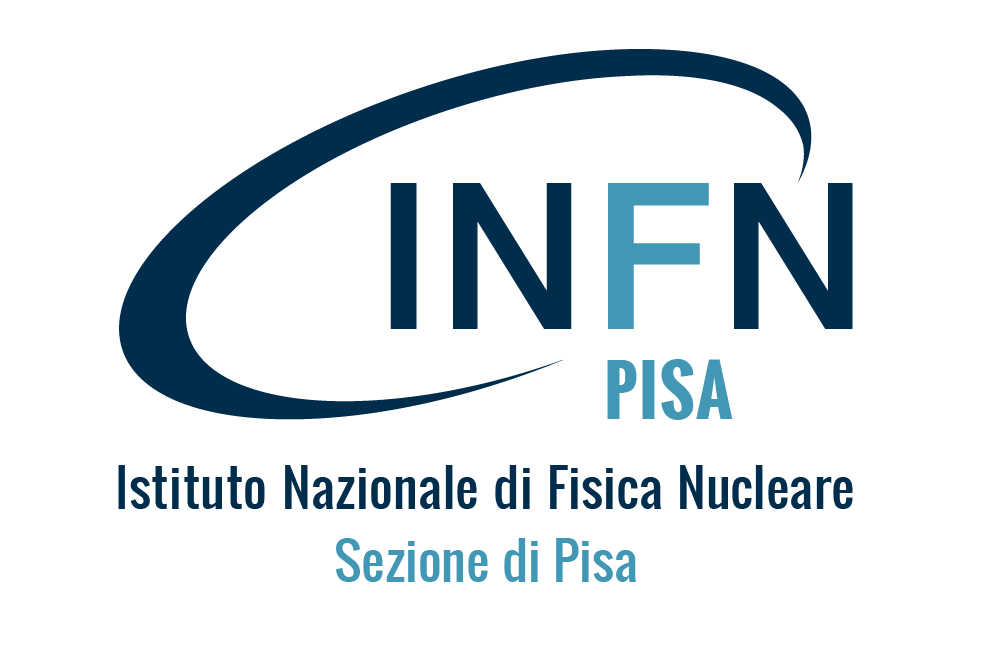Physics in the AI era
University of Pisa
NEWS: 27/09 TODAY (email errata corrige)
Morning session will start at 9:00 AM in Aula Dini, Palazzo del Castelletto, Via del Castelletto.
Afternoon Session and final aperitif will be in Aula Gerace, Computer Science Department, Largo Bruno Pontecorvo, Building C (second floor)
WELCOME TO PHYSICS IN THE AI ERA - An initiative by Università di Pisa
Young Organization for Young Researchers
Physics in the AI era ($\Pi$AIe) is the first International Conference completely organized by Young Researchers which supports the active participation of Young Researchers.
The event starts from an initiative of Università di Pisa and it is organized to provide a balanced alternation of "Senior" and "Young" talk sessions on the field of the Artificial Intelligence and Physics. This will give the opportunity to early-stage researchers, severely penalized by the pandemic, to spread their work, but also to experienced scientists to be aware of original research inputs coming from younger physicists.
The workshop will involve the Department of Physics at the University of Pisa and the Scuola Normale Superiore. Furthermore, it will engage both the theoretical and experimental research groups, both of which are large, active, and rich in personalities in Pisa. This will allow many more PhD students and young researchers to participate and gain productive experiences from the workshop.
In recent years, artificial intelligence (AI) has revolutionized numerous scientific and technological sectors. However, in the field of physics, the potential for interdisciplinary dialogue is often overlooked.
This workshop aims to bridge this gap by promoting constructive dialogue between the physics community and that of artificial intelligence. The idea is to explore together the potential that AI can offer in the field of physics and how this can bring significant benefits to both communities, inviting renowned experts from both sectors.
The workshop will take place over 4 days, three of which will focus on a theme currently central in scientific discourse, in particular regarding Complex Systems Physics, Particle Physics, and Cosmology. The days will be organized so that in the morning, experts in computer science will describe cutting-edge techniques related to AI, while in the afternoon, expert physicists and young researchers will introduce how these techniques can be utilized in their field.
IMPORTANT NOTE: for every issue regarding the conference, do not rely on emails accounts other than the official (piaie@lists.pi.infn.it) and the organizers' ones!
No FEE is required.

THE WORKSHOP IS SUPPORTED BY




